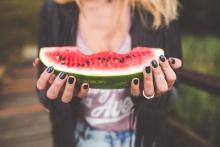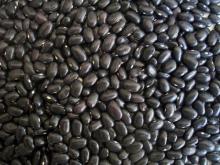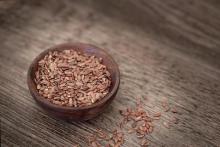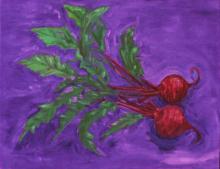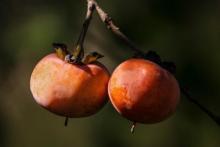6 Natural Ways to Relieve Constipation
I think it’s time we had the “poop-talk.” No one wants to admit that their stomach pains are because they haven’t had a bowel movement in a week, but if you aren’t pooping at least once per day, it might be time to bring in the big guns. Here are 7 ways to finally get your number two moving.
1. Chia Seeds



